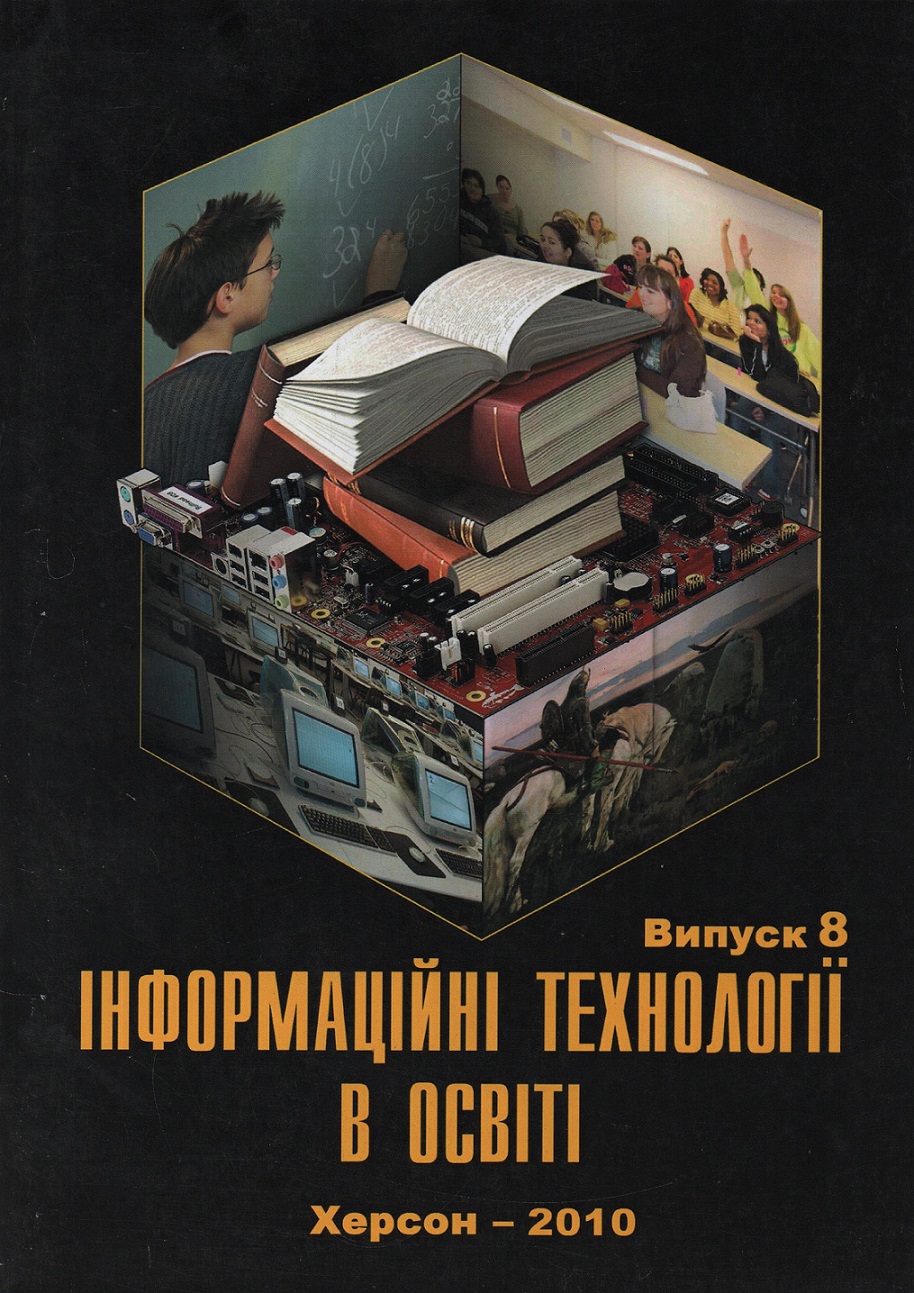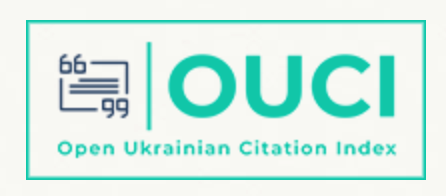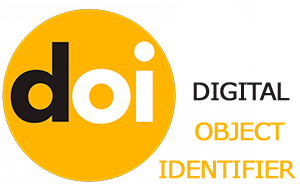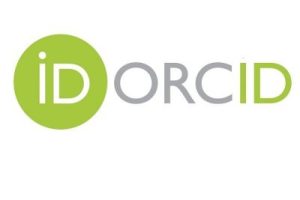MOBILE AMBIENT CALCULUS WITHIN INSERTION MODELING SYSTEM
DOI:
https://doi.org/10.14308/ite000215Keywords:
process calculi, ambient calculus, insertion modelingAbstract
This article is focused on the Insertional Modeling System developed by A.A. Letichevsky of the department 100/105 of the Glushkov Institute of Cybernetics, National Academy of Science of Ukraine, Kyiv, Ukraine. Insertion Modeling System (IMS)[1] is built on the Algebraic Programming System (APS) that also was developed by A.A. Letichevsky in 1987. On the way of implementation of ambient calculus – a process calculus devised by Luca Cardelli and Andrew D. Gordon in 1998, and used to describe and theorize about concurrent systems that include mobility.[6] In this article we are going to discuss the constructing of the framework for mobile ambients using the Insertion Modeling System.
Downloads
Metrics
References
1. Letichevsky and D. Gilbert. A Model for Interaction of Agents and Environments. In D. Bert, C. Choppy, P. Moses, editors. Recent Trends in Algebraic Development Techniques. Lecture Notes in Computer Science 1827, Springer, 1999.
2. A.Letichevsky. Algebra of behavior transformations and its applications, in V.B.Kudryavtsev and I.G.Rosenberg eds. Structural theory of Automata, Semigroups, and Universal Algebra, NATO Science Series II. Mathematics, Physics and Chemistry – Vol. 207, pp. 241-272, Springer 2005.
3. S. Baranov, C. Jervis, V. Kotlyarov, A. Letichevsky, and T. Weigert. Leveraging UML to Deliver Correct Telecom Applications. In L. Lavagno, G. Martin, and B.Selic, editors. UML for Real: Design of Embedded Real-Time Systems. Kluwer Academic Publishers, Amsterdam, 2003.
4. Letichevsky, J. Kapitonova, A. Letichevsky Jr., V. Volkov, S. Baranov, V.Kotlyarov, T. Weigert. Basic Protocols, Message Sequence Charts, and the Verification of Requirements Specifications. Computer Networks, 47, 2005, 662-675.
5. J. Kapitonova, A. Letichevsky, V. Volkov, and T. Weigert. Validation of Embedded Systems. In R. Zurawski, editor. The Embedded Systems Handbook. CRC Press, Miami, 2005.
6. Abadi, M. and A.D. Gordon, A calculus for cryptographic protocols: the spi calculus. Proc.of the Fourth ACM Conference on Computer and Communications Security, 36-47, 1997.
7. Amadio, R.M., An asynchronous model of locality, failure, and process mobility. Proc. COORDINATION 97, Lecture Notes in Computer Science 1282, Springer Verlag. 1997.
8. Berry, G. and G. Boudol, The chemical abstract machine. Theoretical Computer Science 96(1), 217-248, 1992.
9. Boudol, G., Asynchrony and the p-calculus. Technical Report 1702, INRIA, Sophia-Antipolis, 1992.
10. Cardelli, L., A language with distributed scope. Computing Systems, 8(1), 27-59. MIT Press. 1995.
11. Cardelli, L., and A.D. Gordon, Types for mobile ambients. Proc. 26th Annual ACM Symposiumon Principles of Programming Languages, 79-92. 1999.
12. Carriero, N. and D. Gelernter, Linda in context. Communications of the ACM, 32(4), 444-458, 1989.
</uk>
<en>
1. Letichevsky and D. Gilbert. A Model for Interaction of Agents and Environments. In D. Bert, C. Choppy, P. Moses, editors. Recent Trends in Algebraic Development Techniques. Lecture Notes in Computer Science 1827, Springer, 1999.
2. A.Letichevsky. Algebra of behavior transformations and its applications, in V.B.Kudryavtsev and I.G.Rosenberg eds. Structural theory of Automata, Semigroups, and Universal Algebra, NATO Science Series II. Mathematics, Physics and Chemistry – Vol. 207, pp. 241-272, Springer 2005.
3. S. Baranov, C. Jervis, V. Kotlyarov, A. Letichevsky, and T. Weigert. Leveraging UML to Deliver Correct Telecom Applications. In L. Lavagno, G. Martin, and B.Selic, editors. UML for Real: Design of Embedded Real-Time Systems. Kluwer Academic Publishers, Amsterdam, 2003.
4. Letichevsky, J. Kapitonova, A. Letichevsky Jr., V. Volkov, S. Baranov, V.Kotlyarov, T. Weigert. Basic Protocols, Message Sequence Charts, and the Verification of Requirements Specifications. Computer Networks, 47, 2005, 662-675.
5. J. Kapitonova, A. Letichevsky, V. Volkov, and T. Weigert. Validation of Embedded Systems. In R. Zurawski, editor. The Embedded Systems Handbook. CRC Press, Miami, 2005.
6. Abadi, M. and A.D. Gordon, A calculus for cryptographic protocols: the spi calculus. Proc.of the Fourth ACM Conference on Computer and Communications Security, 36-47, 1997.
7. Amadio, R.M., An asynchronous model of locality, failure, and process mobility. Proc. COORDINATION 97, Lecture Notes in Computer Science 1282, Springer Verlag. 1997.
8. Berry, G. and G. Boudol, The chemical abstract machine. Theoretical Computer Science 96(1), 217-248, 1992.
9. Boudol, G., Asynchrony and the p-calculus. Technical Report 1702, INRIA, Sophia-Antipolis, 1992.
10. Cardelli, L., A language with distributed scope. Computing Systems, 8(1), 27-59. MIT Press. 1995.
11. Cardelli, L., and A.D. Gordon, Types for mobile ambients. Proc. 26th Annual ACM Symposiumon Principles of Programming Languages, 79-92. 1999.
12. Carriero, N. and D. Gelernter, Linda in context. Communications of the ACM, 32(4), 444-458, 1989.
</en>
Downloads
Published
How to Cite
Issue
Section
License
This work is licensed under a Creative Commons Attribution-NonCommercial-ShareAlike 4.0 International License.






























